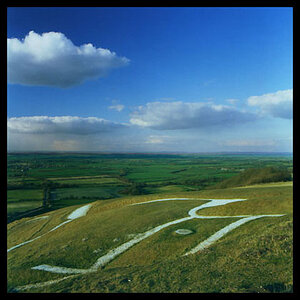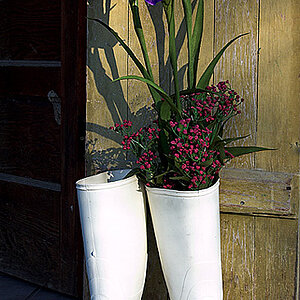journeyman
TPF Noob!
I wanted to know more about the differences in types of papers. I know that resin coated paper has a resin coating (easy enough) and take less time to develop. Fiber based paper takes longer to print and is more like regualar paper. I used mostly resin coated but now have a nice load of fiber based and would like to here how to better work with it.
Thanks for the help.
Thanks for the help.


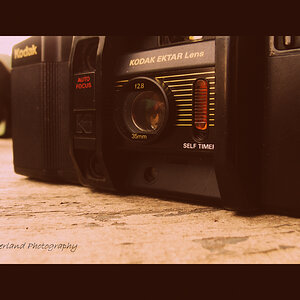
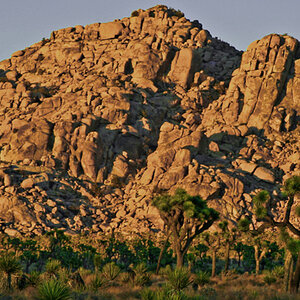
![[No title]](/data/xfmg/thumbnail/37/37117-26c892e756b53ed0359fa90b7ebd99c9.jpg?1619737883)
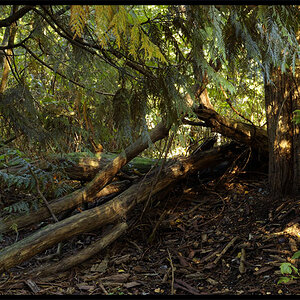
![[No title]](/data/xfmg/thumbnail/37/37114-2bba6b6cc4df1fe53588503fb35af8dd.jpg?1619737883)
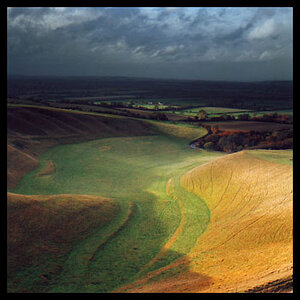
![[No title]](/data/xfmg/thumbnail/37/37133-3388fda4190cd07dbd7950af7b6ca646.jpg?1619737884)


![[No title]](/data/xfmg/thumbnail/1/1592-cfae4a7ea791f96c6e2d03484be2e454.jpg?1619729144)
